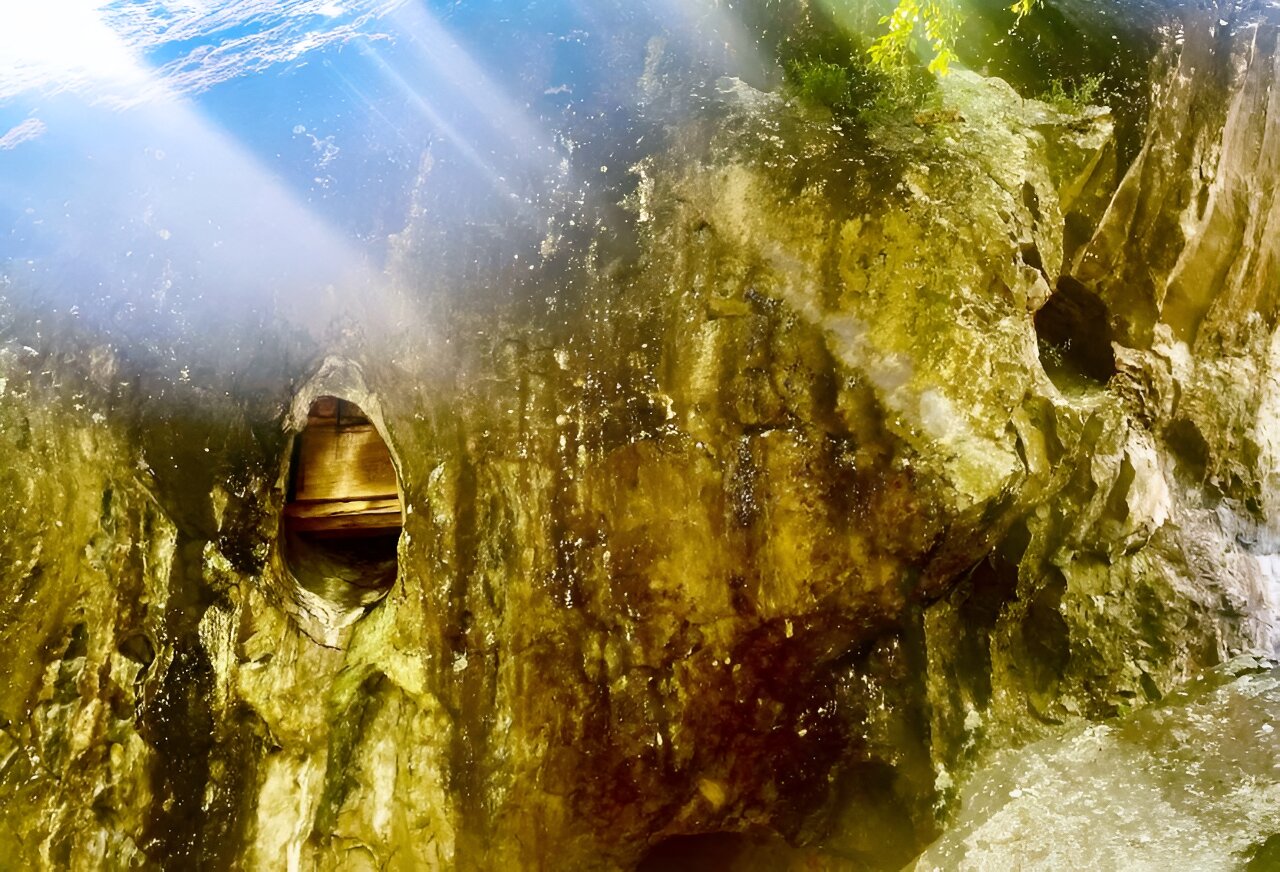Tucked away in rock shelters in the secluded northern mountains of Luzon in the Philippines, the Kabayan “fire” mummies lie at rest.
These mummies are what’s left of a tradition that was carried out for hundreds of years up until the 19th century.
Known popularly as “meking” or the “fire mummies,” these sacred remains are the preserved ancestors of the Ibaloi, one of the distinct ethnolinguistic groups of the mountainous Cordillera Benguet region.
Some of the history of the mummies has been lost over time, but what we do know is that this process of mummification dates back as early as 200 BC and involved drying and dehydrating human remains using heat and smoke from a fire—giving us the term “fire mummy.”
You must log in or register to comment.


